The right chicken coop makes all the difference in keeping happy, healthy hens. Whether you’re starting your chicken-keeping journey or looking to upgrade your current setup, understanding different coop styles helps you make the best choice for your specific situation.
What Makes a Good Chicken Coop?
Before diving into specific coop types, let’s talk about what every chicken coop needs. Your chickens need a secure, comfortable space that protects them from predators and weather while giving them room to move naturally. A well-designed coop provides:
Proper ventilation keeps your chickens healthy by preventing moisture buildup and maintaining good air quality. Look for vents near the roof, positioned to avoid direct drafts on your chickens while they roost.
Adequate space ensures your chickens don’t feel cramped. Each chicken needs at least 4 square feet (0.37 square meters) of coop space and 10 square feet (0.93 square meters) of run space. More space often leads to happier, less stressed chickens.
Security features protect your flock from predators. This includes sturdy locks, hardware cloth over openings, and deep burial of fencing to prevent digging predators. Remember that predators can be incredibly resourceful, so even small gaps need attention.
Popular Coop Styles
Traditional Fixed Coops
Traditional fixed coops offer stability and permanence. Built like a small shed, these coops typically have a solid foundation and provide excellent protection from the elements. The classic design includes nesting boxes, a roosting area, and an attached run.
Fixed coops work particularly well for spaces where you don’t need to move the coop. You can build them to fit the available space and to include special features like storage for feed and supplies. The downside? They require more initial investment and permanent dedication of space in your yard.
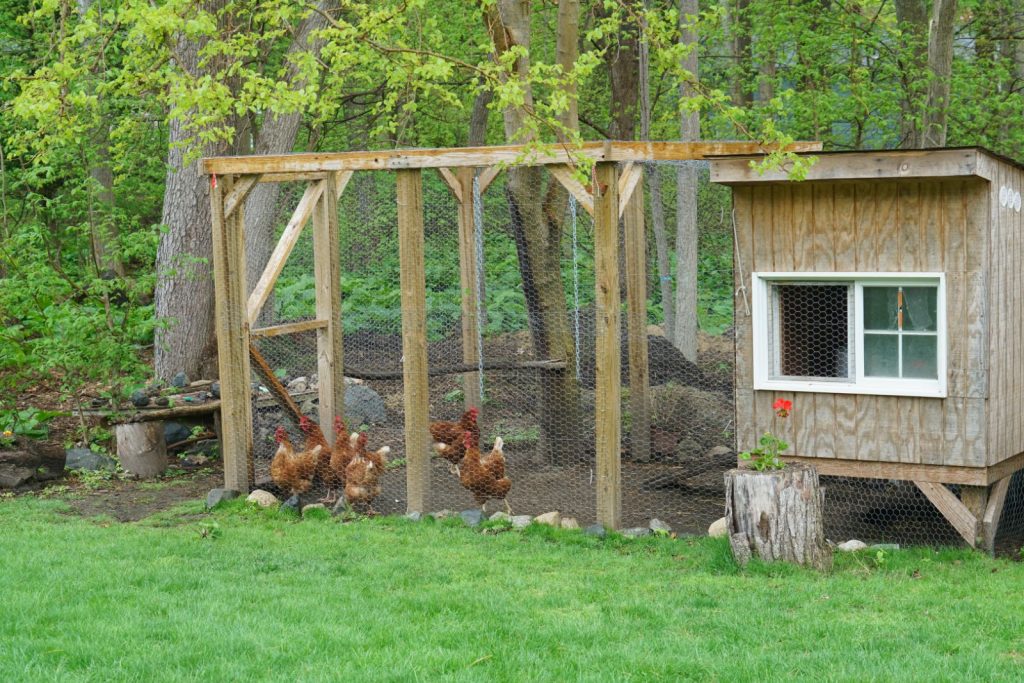
Portable Chicken Tractors
Chicken tractors combine housing and grazing space in a mobile unit. These lightweight structures can be moved around your yard, giving chickens access to fresh grass while protecting them from predators. The mobility helps prevent bare spots in your lawn and lets chickens contribute to soil health through natural fertilization.
The best chicken tractors have wheels or handles for easy moving, and they’re typically sized for 3-6 chickens. While they don’t offer as much weather protection as fixed coops, they’re excellent for areas with mild climates and yards where you want to maximize space usage.
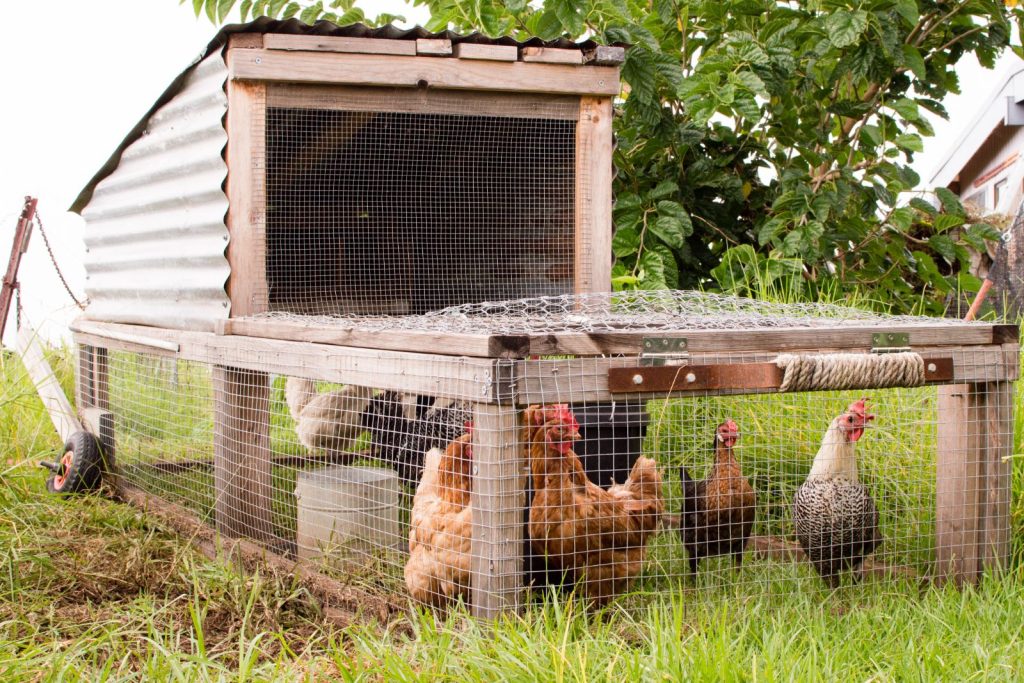
Converted Structures
Don’t overlook the possibility of converting existing structures into chicken coops. Garden sheds, playhouses, and even old dog houses can become excellent chicken homes with some modifications. The key lies in adding proper ventilation, nesting boxes, and ensuring predator protection.
Converting an existing structure often costs less than building from scratch and can give your coop unique character. Just ensure any materials used in the original structure are safe for chickens and that you can modify the building to meet all chicken housing requirements.
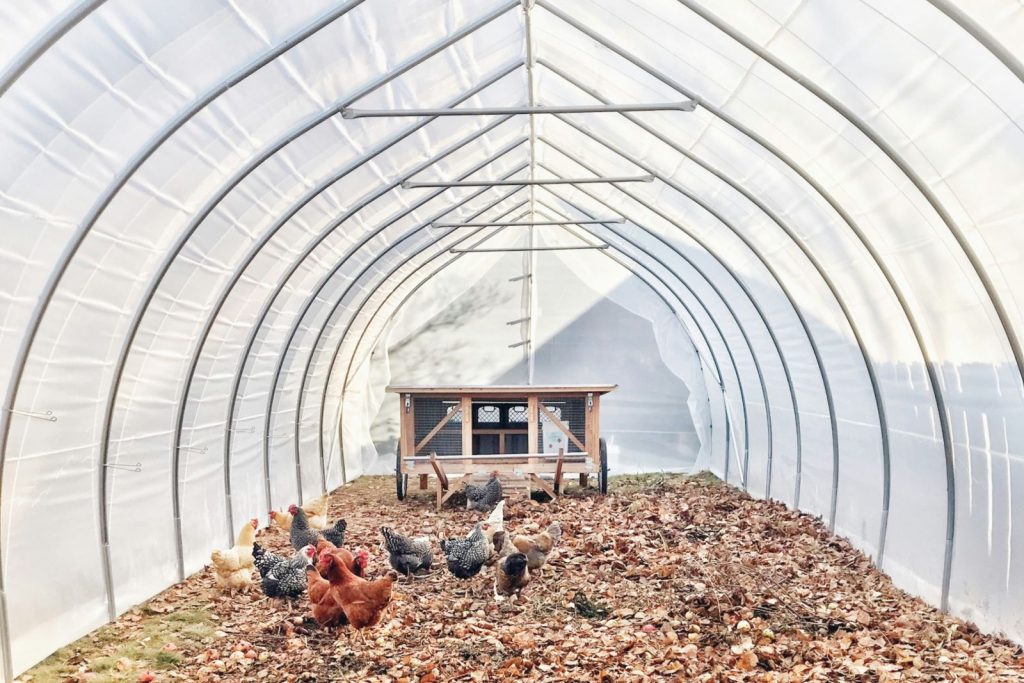
Specialized Coop Designs
Urban Chicken Coops
Designed specifically for small spaces, urban chicken coops maximize vertical space and often incorporate clever storage solutions. These coops typically house 2-4 chickens and feature compact runs or attached grazing areas. Look for designs with good sound insulation and easy cleaning access to keep both chickens and neighbors happy.
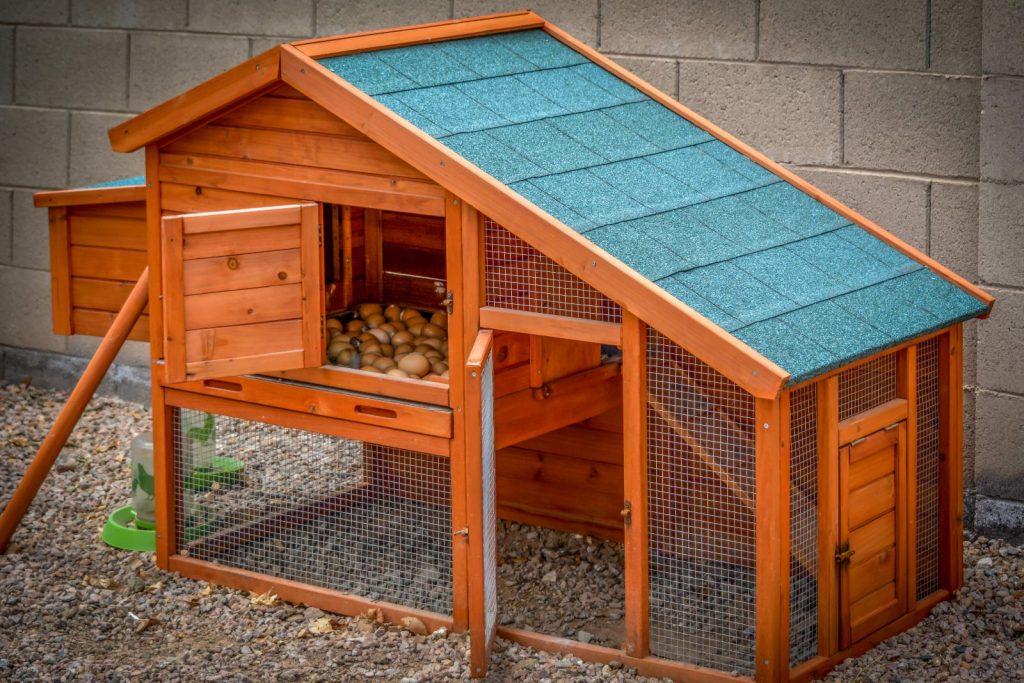
Winter-Hardy Coops
For cold climates, winter-hardy coops incorporate extra insulation and specialized ventilation systems. These coops often feature deeper bedding areas, draft protection around roosting spaces, and adjustable ventilation to balance air quality with temperature control. Some include attached greenhouse-style runs to give chickens outdoor access even in harsh weather.
Hybrid Designs
Hybrid coops combine elements from different styles to meet specific needs. For example, some designs feature a fixed main coop with portable grazing areas, or modular components that can be rearranged as needed. These adaptable designs work well when space needs or flock sizes might change over time.
Making Your Choice
When selecting a coop style, consider these key factors:
Climate plays a crucial role in coop design. Hot climates need excellent ventilation and shade, while cold regions require better insulation and draft protection. Your local weather patterns should influence everything from roof pitch to window placement.
Available space affects both coop size and style. Measure your available area carefully, remembering that chickens need both indoor and outdoor space. Don’t forget to account for access paths for cleaning and collecting eggs.
Flock size determines minimum space requirements, but also consider future expansion. It’s often easier to start with a slightly larger coop than to upgrade later.
Local regulations might restrict coop size, style, or placement. Check your local ordinances before making a final decision.
Building vs. Buying
Whether to build or buy depends on your skills, time, and budget. Pre-made coops offer convenience and immediate setup but might cost more. Building allows customization to your exact needs but requires more time and tools.
For DIY projects, start with detailed plans rather than making it up as you go. This ensures proper inclusion of all necessary features and typically leads to better results. When buying pre-made, research manufacturers and read reviews focusing on durability and ease of cleaning.
Final Thoughts
The perfect chicken coop balances your needs with those of your chickens. Take time to research and plan before making your choice. Know that a well-designed coop makes daily chicken care easier and more enjoyable while keeping your flock healthy and secure. Don’t rush the decision – the right coop forms the foundation for successful chicken keeping.

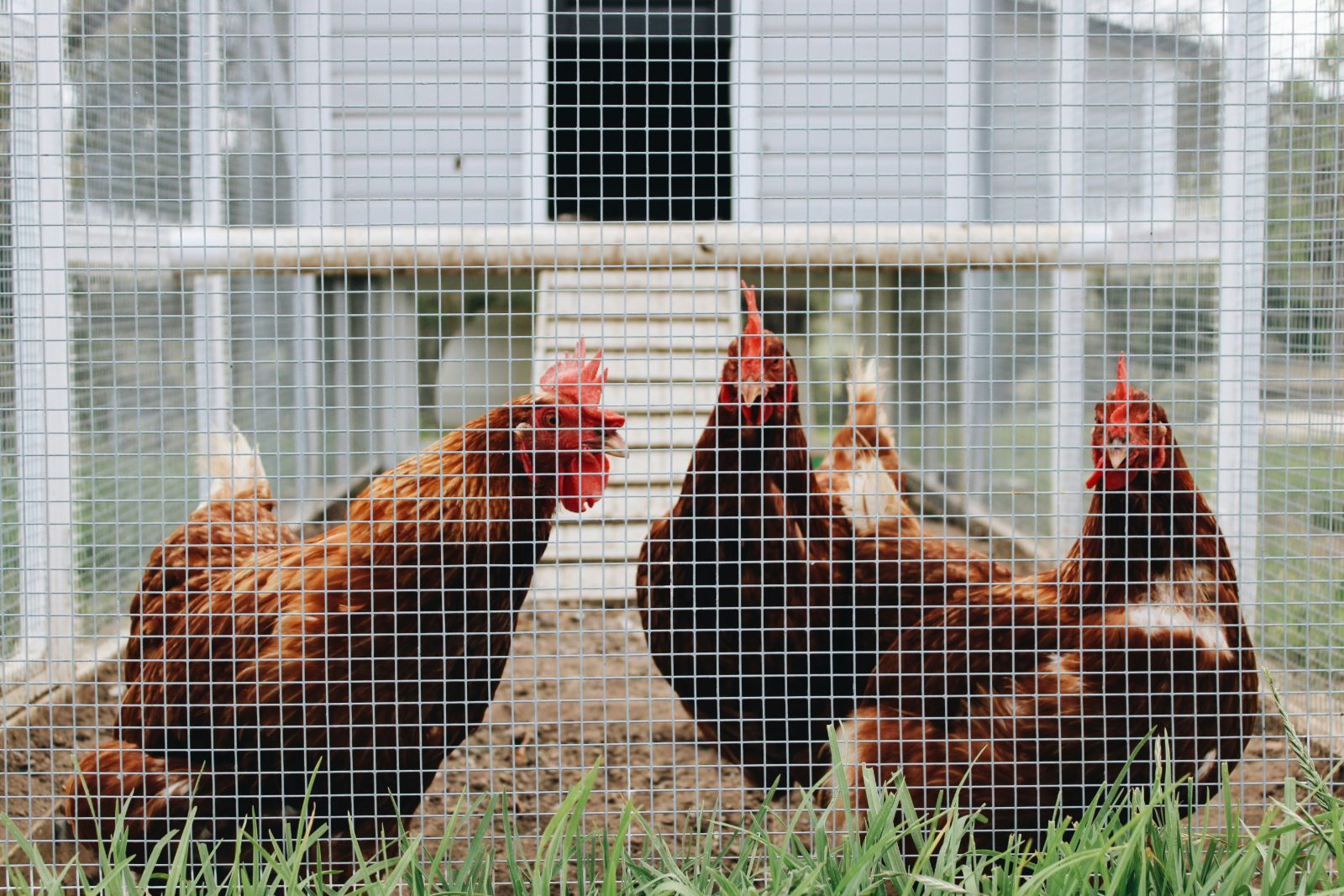




0 Comments